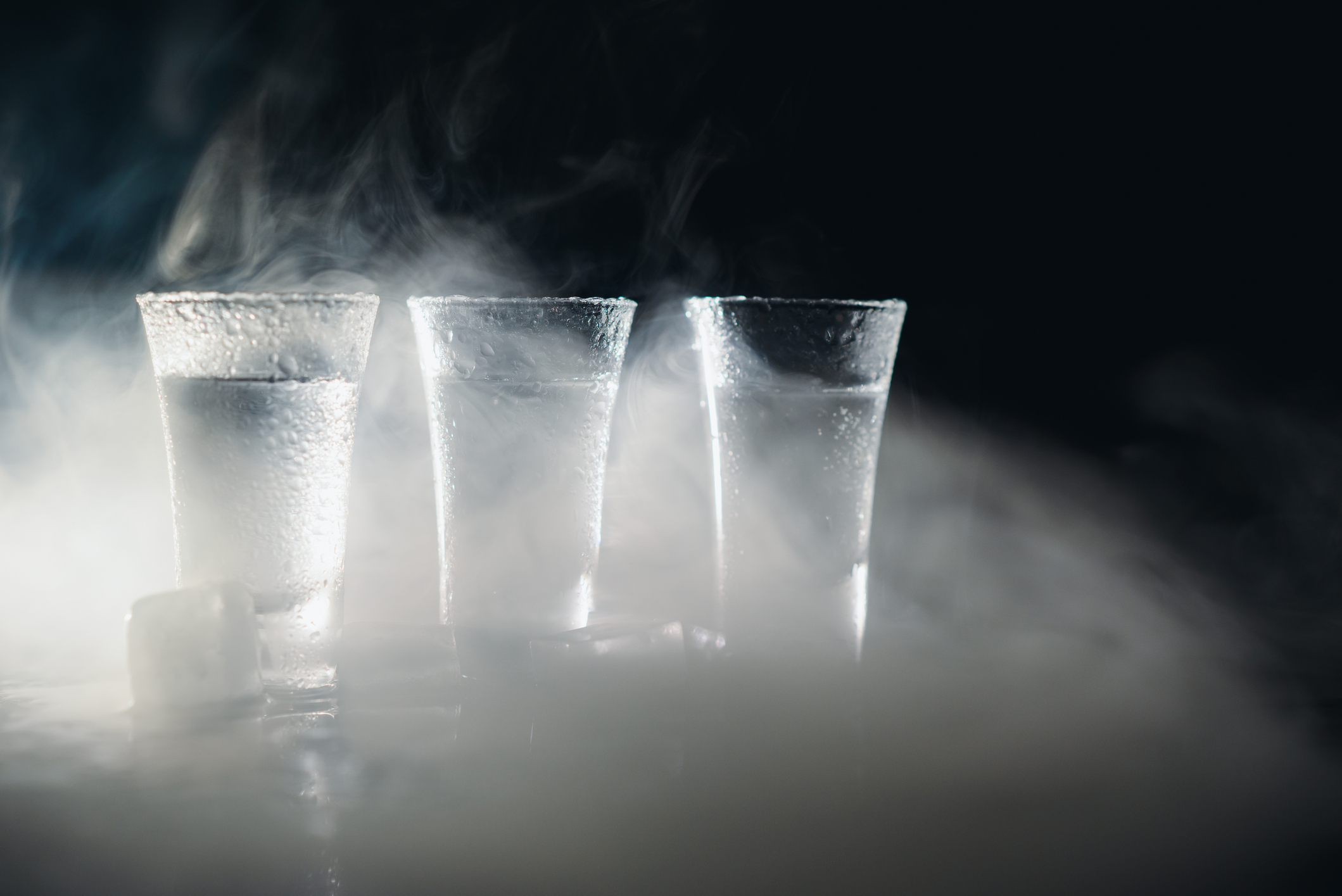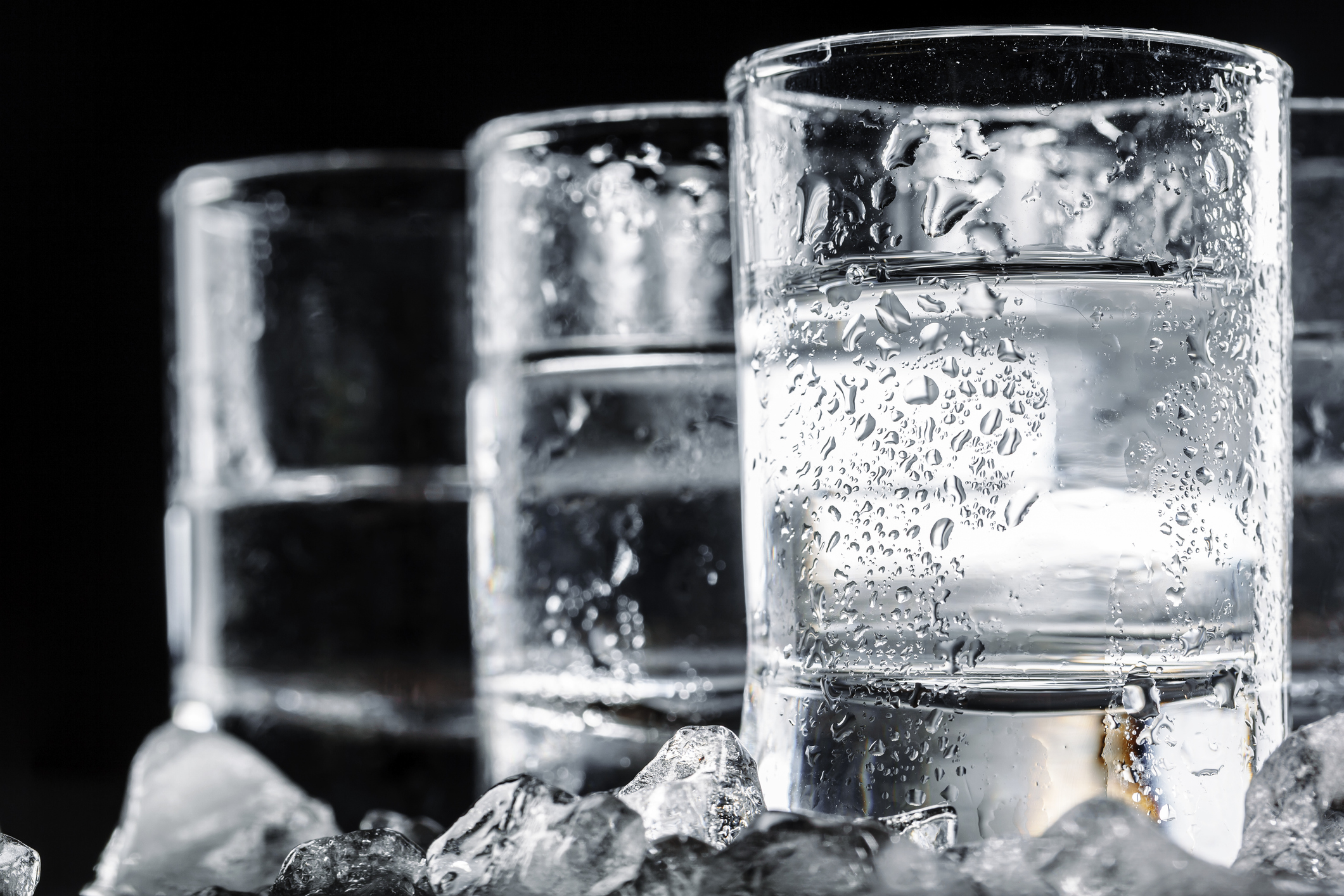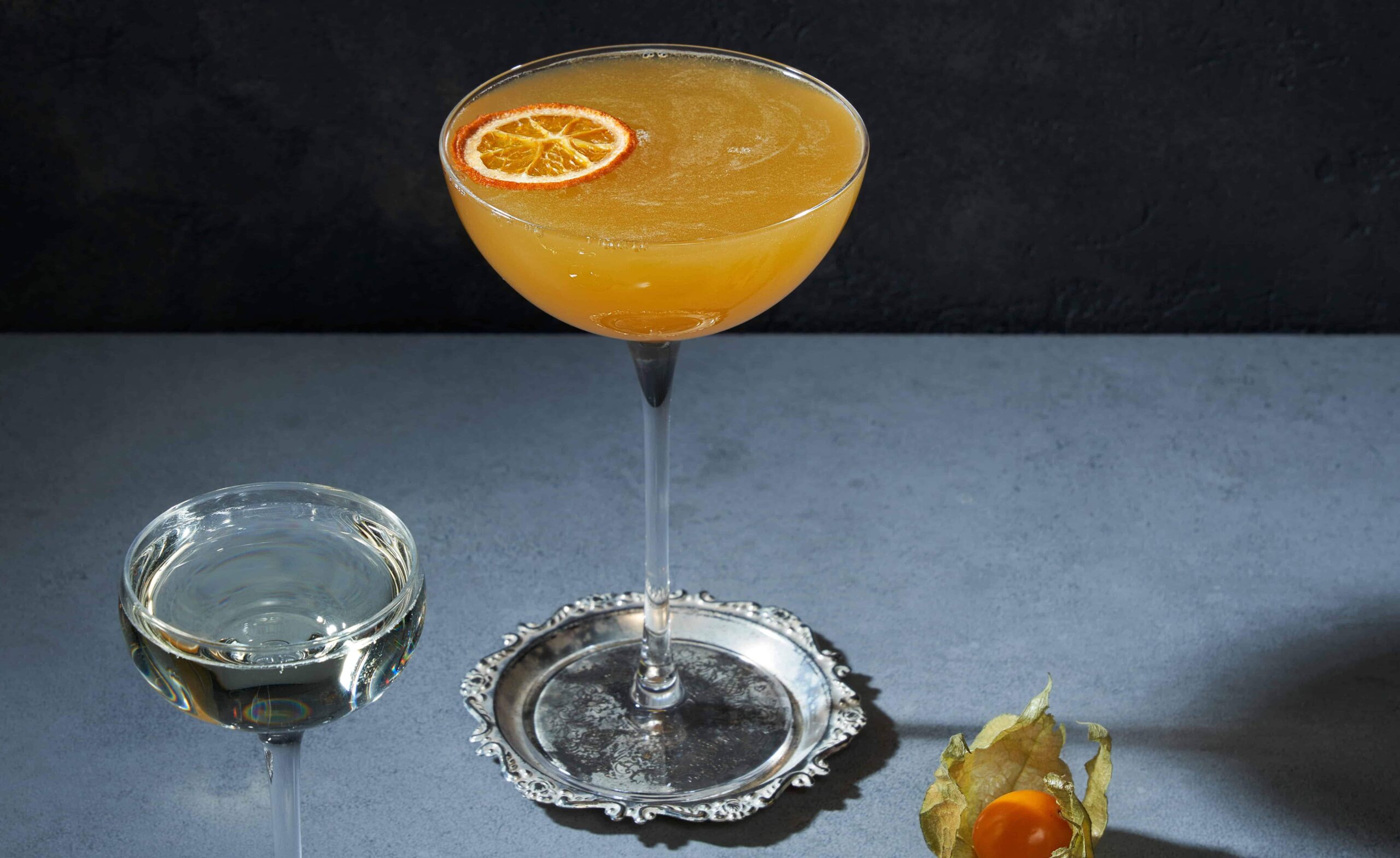Can temperature really change the taste and aroma of vodka, its strength, and the intensity of its taste notes? Why does the same bottle taste different depending on how cold it is? And what is the best temperature for serving vodka?
This article will help you understand how temperature affects the taste, aroma profile and overall impression of vodka. We will also discuss the questionable habit of storing bottles in the freezer, ice as a serving method, and provide practical tips for those who want to unlock the potential of vodka.
The optimal temperature for drinking vodka
The best temperature for vodka depends on the effect you want to achieve. The universal serving temperature is considered to be between +6°C and +10°C. At this temperature, vodka retains its texture without losing its aromatic notes and subtle flavour nuances.
At this temperature, the alcohol does not dominate, and the softness and balance of the ingredients become noticeable. It is especially important for premium varieties, where terroir, filtration and aromatic spirits create a complex bouquet that can easily be offset by excessive cooling. You can find different types of products in the Nemiroff catalogue.
How cooling changes taste and aroma
The temperature of vodka has a direct impact on its organoleptic properties. Slight cooling dampens the alcohol notes, refreshes, enhances subtle aromas, softens the texture and rounds out the bouquet.
On the other hand, for high-quality vodka with a unique profile, it is important to find a balance: too cold and it will lose its nuances, too warm and it will emphasise its ethyl nature. How cooling affects vodka also depends on its composition and the amount of filtration. The more ingredients there are in vodka — aromatic spirits, infusions, honey — the more delicate the cooling should be. Sometimes it is best to use ice.
Vodka from the freezer: is it okay?
Freezing vodka is a common practice, but almost always unjustified. At temperatures around -18°C, the drink loses its aroma, becomes too dense, and sometimes almost “tasteless” or jelly-like. This method of serving can indeed smooth out defects, but for premium samples, it is more of a disadvantage than an advantage. Freezing vodka was common during times of counterfeiting and experimental periods of home distilling. Modernity and the premium vodka category rule out such a barbaric approach.
Freezing reduces the volatility of aromatic molecules, which is especially critical for vodkas with aromatic spirits, honey, and infusions. Such vodkas can become viscous and stratified.
Why does vodka become jelly-like?
1) Freezing point of mixtures.
– Pure vodka with an alcohol content of 40% freezes at approximately -27°C, so it remains liquid in a freezer at -18°C.
– But when water, juice, honey or sugar is added to vodka, the freezing point changes. The mixture no longer behaves like pure alcohol: water and sugars begin to crystallise or form a colloidal structure that looks like jelly or a thick mass.
2) Honey and sugars are hydrophilic polymers.
– Honey contains glucose, fructose, minerals, enzymes, proteins — all of which, when exposed to cold, form a viscous, stringy substance similar to syrup or jelly.
– At low temperatures, glucose and fructose bind water, forming a gel-like structure. In an alcohol base, they behave unpredictably: they can precipitate, coagulate or create texture inconsistencies.
3) Volatile substances “go silent”.
– Cooling reduces the volatility of aromatic molecules, particularly those found in aromatic alcohols or essential oils. They simply do not “evaporate” into the nose, so the vodka loses its aroma and is perceived as “flat”.
– In complex infusions (for example, with cinnamon, citrus, or horseradish), these nuances become critically important — the entire taste balance can become “dead”.
How does this harm vodka?
1. The texture deteriorates.
Viscosity = unpleasant sensation in the mouth (mouthfeel), especially if you are expecting a classic clear, smooth vodka.
2. The balance is disturbed.
Infusions and aromatic components freeze unevenly → taste profile changes → no predictable result in the glass.
3. The aroma is lost.
The very thing that premium infusions or infused vodkas are created for simply “disappears” in the cold.
4. The visual appearance deteriorates.
Separation, cloudiness or the appearance of sediment is considered a technical defect.
That is why vodka-based cocktails with infusions, such as Spicy Negroski, Pear Boza or Candy Martini, should be served chilled but not ice cold — to preserve their delicate aromas and texture.
Should you add ice to vodka?
Adding ice is another way to cool vodka, but it has its consequences. Melting ice changes the ratio of water to alcohol, diluting the taste. In addition, the temperature changes gradually rather than instantly, making it difficult to control the impression from the first sip to the last.
Ice is not used in professional tastings. But in an informal setting — such as a summer party — a few ice cubes may be appropriate if you understand how they affect the taste of vodka. It is best to use large ice cubes — they melt slowly, maintain the temperature for a long time and are more aesthetically pleasing.
Tips for serving vodka
– Chill the bottle in advance. It is best to store it in a wine refrigerator or in the lower compartment of the refrigerator (6–10°C). This temperature is suitable for both classic serving and tasting vodka in signature cocktails, such as Nemiroff Negroski or Cloudy.
– Avoid freezing if you want to reveal the aroma and texture of the drink.
– Serve in clean, thin-walled glasses, chilled to the same temperature as the drink.
– Taste in small sips, allowing the drink to unfold on different parts of the tongue.

Conclusions: how to drink vodka properly
Vodka is more than just strong alcohol. A good product has taste, aroma and character. The temperature and aroma of vodka are inextricably linked, and it is the temperature that plays a key role in how we perceive this aroma.
If you want to experience depth rather than just “strength”, don’t freeze it, chill it. The best temperature for vodka is the one that allows you to experience its essence. Modern drinking culture demands respect for taste and texture, and these are the values that Nemiroff company embodies by creating drinks with character and a focus on quality.




